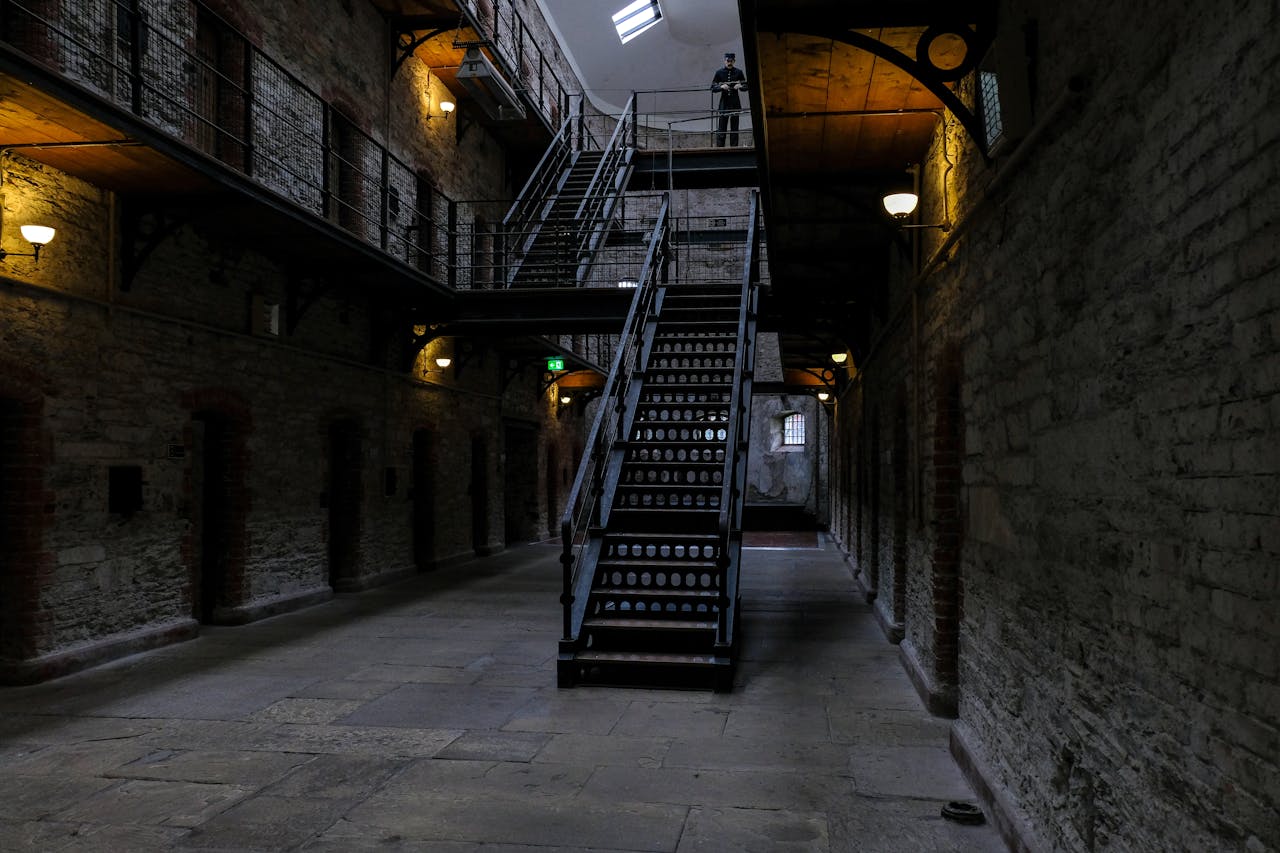
The Anatomy of an Unbreakable Prison: How to Establish Top-Notch Security
Have you ever thought about what it truly takes to construct a prison that cannot be breached? Many people might assume that it merely involves erecting tall walls, heavy doors, and robust bars. However, the layout of a prison that is impossible to breach is far more intricate than that. We’re referring to a stronghold designed to confine individuals like Kenneth Foster with every aspect carefully designed for optimal security. It’s an amalgamation of design, technology, and protocols that synergize to foster an environment that is nearly inescapable. But what lies behind the facility where kenneth foster mobile al stayed? And what are the essential elements that constitute a prison? Here’s the scoop.
Reinforced Concrete Walls
Reinforced concrete walls serve as the core defense mechanism in high-security prisons. They are specifically designed to withstand pressure and resist physical assaults, making them vital to preventing escapes. The combination of steel rebar and concrete forms a barrier that poses challenges to breach. These walls are often thicker than construction standards to provide an added layer of security. Additionally, reinforced concrete offers fire resistance, enhancing safety against potential hazards. During emergencies like fires or riots, these sturdy structures play a role in containing threats within designated areas. Architects strategically design these walls with openings to regulate visibility and access while prioritizing security. Every aspect is carefully considered when managing inmates who might attempt to escape or engage in violent behavior.
Multi-Layered Perimeter Security
In today’s prisons, having security measures in place is crucial. It acts as a strong shield against potential breaches. The initial layer often consists of tall walls with barbed wire or electric fencing on top. These physical barriers are supported by motion sensors and alarms that can swiftly detect any unauthorized movements. Then comes the aspect of surveillance. Cameras are strategically positioned around the perimeter, leaving no blind spots. Cutting-edge technology enables license plate recognition and tracking, adding an extra layer to security measures. Furthermore, redundancy plays a role. Each layer is built to function independently but operates most effectively when seamlessly integrated into a unified system. This approach guarantees that even if one component malfunctions, others continue to work to protect the facility efficiently.
Underground Detectors
These systems are specifically developed to detect any unauthorized tunneling attempts by inmates or external individuals. Their purpose is to uphold the security of prison boundaries, which is crucial for ensuring safety. With technology at their disposal, these detectors can pick up vibrations and disruptions below the ground. They have the capability to distinguish between natural seismic events and human actions, sending immediate notifications to personnel. Furthermore, they can be combined with security features such as sophisticated surveillance cameras and motion sensors. This integration forms an all-encompassing defense network that keeps an eye on both the surface and what is hidden below.

Remote Lockdown Capabilities
The introduction of remote lockdown features has transformed how prisons ensure safety. These advanced systems enable quick reactions to possible security breaches, eliminating the need for staff to be present. Guards can swiftly secure areas within a facility with just a few clicks. This prompt response minimizes risks and aids in upholding control during tumultuous moments. The integration of technology with current systems is smooth. Sensors and alarms activate lockdown protocols, minimizing the chance of mistakes.
Wrapping Up
Constructing a prison involves careful consideration and the incorporation of advanced technology. Every aspect of security is vital in establishing a setting that is both invulnerable and practical. These elements work in harmony to create a stronghold tailored specifically for safety purposes, safeguarding those within its premises while also managing potentially turbulent circumstances beyond its boundaries.

